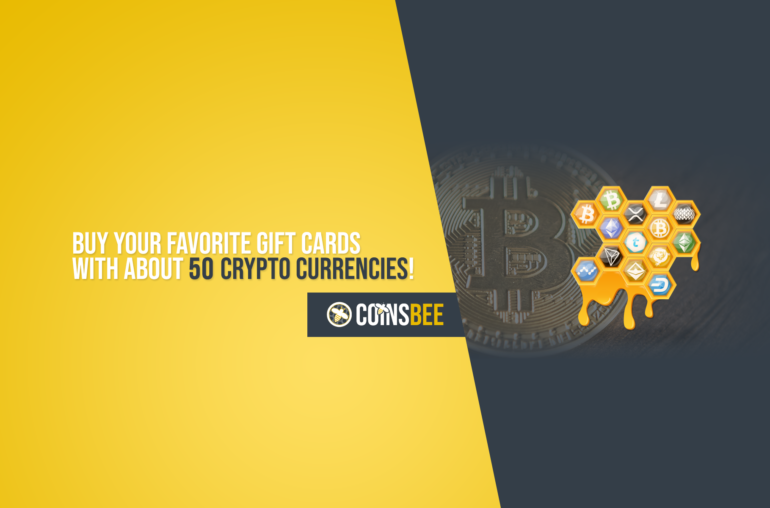Ripple’s XRP skyrocketed to an all-time high of nearly $3.5 during the massive bull run of 2017, only to see a drastic decline of 92% in value since then. Despite this significant drop, XRP remains the third-largest cryptocurrency by market capitalization, with approximately 43 billion coins currently in circulation. Ripple has capped the total supply of XRP at 100 billion, emphasizing its use for facilitating payments and business transactions on the RippleNet platform.
It is important for potential XRP investors to understand that the coin’s utility is independent of RippleNet. The technology behind XRP holds promise in revolutionizing monetary settlements among banks, payment processors, and other financial institutions. Given its market ranking and relatively low price, XRP continues to attract interest from buyers, especially as acquiring a whole Bitcoin has become increasingly challenging due to its soaring value over the years.
Choosing the right crypto exchange is crucial for purchasing XRP. Conducting thorough research before selecting a platform is essential, as the cryptocurrency space is fraught with risks and potential scams. Established exchanges with credible headquarters, responsive customer support, adequate liquidity, and robust security measures, such as Binance, Bitfinex, Coinbase, Kraken, and eToro, are recommended choices for trading XRP.
Once you have identified a suitable crypto exchange, registering as a verified user is the next step. This often involves completing a Know Your Customer (KYC) process to comply with anti-money laundering regulations. Upon verification, users can deposit fiat currency into their trading accounts through bank transfers or debit cards. Cryptocurrency exchanges typically have low minimum investment requirements, allowing users to start trading XRP with as little as $5 or more, depending on their location and currency.
In recent years, there has been a surge in crypto-to-crypto transactions, driven by the availability of stablecoins like Tether (USDT) and restrictions on traditional fiat purchases. Buying XRP in a crypto-to-crypto arrangement involves exchanging Bitcoin or fiat-backed stablecoins for Ripple’s token on peer-to-peer trading platforms. This alternative method offers flexibility and convenience for investors looking to diversify their cryptocurrency holdings.
It is important to note that the information provided in this article is for educational purposes only and should not be construed as investment advice. Readers are encouraged to conduct their own research before investing in any cryptocurrency or blockchain project, as the industry is highly volatile and speculative. Bitcoinist does not endorse or guarantee the legality of cryptocurrencies or projects in any specific jurisdiction, and readers are responsible for understanding the regulatory landscape in their region.
Overall, despite its price fluctuations and market challenges, XRP remains a significant player in the cryptocurrency space, offering unique opportunities for investors seeking exposure to digital assets. By understanding the fundamentals of XRP and navigating the crypto trading landscape responsibly, individuals can make informed decisions when buying and selling Ripple’s token.




